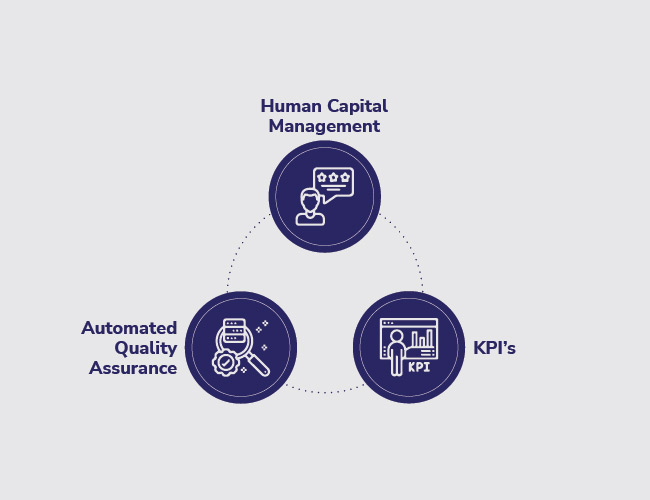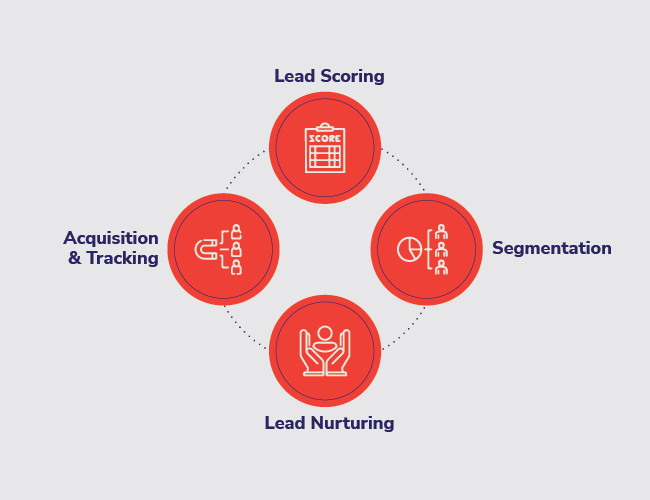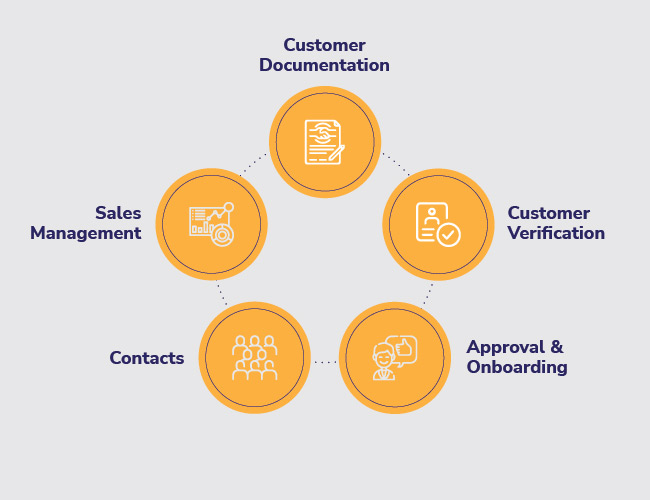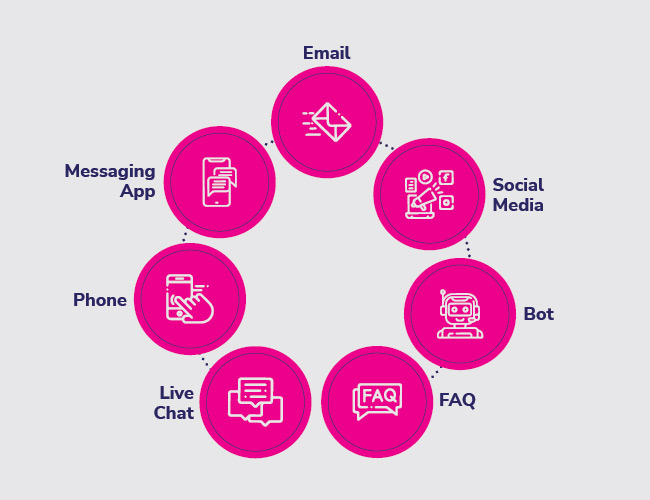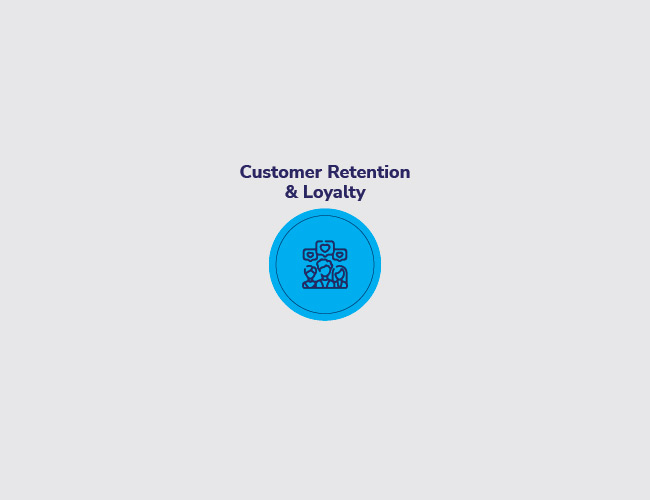
Bringing innovation to it infrastructure management services
Times are a changing. And so, should businesses! The advent of Cloud-based infrastructures, Big Data, secure networks, and more has made it possible for organizations to improve business operations in the most efficient manner.
The use of IT infrastructure provides a vital connect between the company’s hardware and software tools, while filling in communication gaps. As such, IT infrastructure plays an important role in scaling enterprise operations, managing data, ensuring security, and providing end-to-end solutions. The demand for IT management services has also led organizations to outsource the same through Remote Infrastructure Management (RIM) services. According to a report by NASSCOM, India’s market for RIM services is estimated between $100-200 Billion with an annual growth of 20%.
With RIM services, organizations can connect with centres from around the globe in a seamless fashion. They also receive the benefit of better bandwidth, improved connectivity, technical expertise, automation, scalable technologies, and cost-effective solutions. For many companies, the cost of outsourcing IT services is much more feasible than maintaining a separate IT department. While the advantages of IT Infrastructure Management Services are quite evident, innovating IT services remains a challenge.
On The Road To Innovation
Cloud computing and relative services need to keep up with changing demands. This requires the IT infrastructure to be re-innovated as and when required. A survey by McKinsey & Company reported that most managers are not satisfied with their RIM’s innovative abilities. At this point, it is vital that organizations define what innovation means to them through a set of metrices.
With respect to IT Infrastructure Management Services, innovation doesn’t necessarily mean better technology or tools. Rather, it should be understood as new and improved ways of handling everyday operations with maximum efficiency. Having the right system in place is only part of the job. What really matters is how brands are able to integrate technologies into their business in order to meet objectives. This could be in terms of enhancing interaction models, eliminating unwanted steps or systems, and automating critical functions in order to improve efficiency.
Another important factor to consider is onboarding the right talent. Cloud technologies are still at an early stage with new developments occurring frequently. As such, it is essential to recruit the right employees who are abreast of industry changes and can truly maximize the technological advantages.
Leaders should also choose to be proactive when it comes to figuring out new tools or systems. Most organizations only seek to improve when a particular problem or issue surfaces. Working with top-level management in order to figure out day-to-day business challenges and integrating the right technology to solve it, can go a long way.
Very often companies make large investments in IT Management Services without fully acknowledging its efficacy. While IT services is a prerequisite to providing competitive services and staying ahead, brands need to consciously ensure that the new system is integrated with existing tools. Consulting with IT Management Service providers is an excellent way to identify key requirements and chart out an actionable plan. If you’re a brand that’s looking to tap into the power of digital technology, visit http://3i-infotech.com/





 Nilesh Gupta
Nilesh Gupta
 Ramu Bodathulla
Ramu Bodathulla Mr. Raj Kumar Ahuja
Mr. Raj Kumar Ahuja Dr. Madan Bhalchandra Gosavi (B.A. (Hons.), LLM, M.Phil, PhD)
Dr. Madan Bhalchandra Gosavi (B.A. (Hons.), LLM, M.Phil, PhD) Mr. Umesh Mehta
Mr. Umesh Mehta Harish Shenoy
Harish Shenoy CA Uttam Prakash Agarwal
CA Uttam Prakash Agarwal Uttam Jhunjhunwala
Uttam Jhunjhunwala Ranjit Balakrishnan
Ranjit Balakrishnan Emmanuel N
Emmanuel N
 Rangapriya Goutham
Rangapriya Goutham Kiran Chittar
Kiran Chittar Sushant Purushan
Sushant Purushan Mohan TS
Mohan TS Sanjay Rawa
Sanjay Rawa Dr. Aruna Sharma
Dr. Aruna Sharma Mr.Avtar Singh Monga
Mr.Avtar Singh Monga Mr. Thompson P. Gnanam
Mr. Thompson P. Gnanam Ms. Zohra Chatterji
Ms. Zohra Chatterji Dr. Kalyan Krishnamoorthy
Dr. Kalyan Krishnamoorthy







 Mr. Pravir Vohra
Mr. Pravir Vohra Viraf Sirvala
Viraf Sirvala

 Amrita Gangotra
Amrita Gangotra